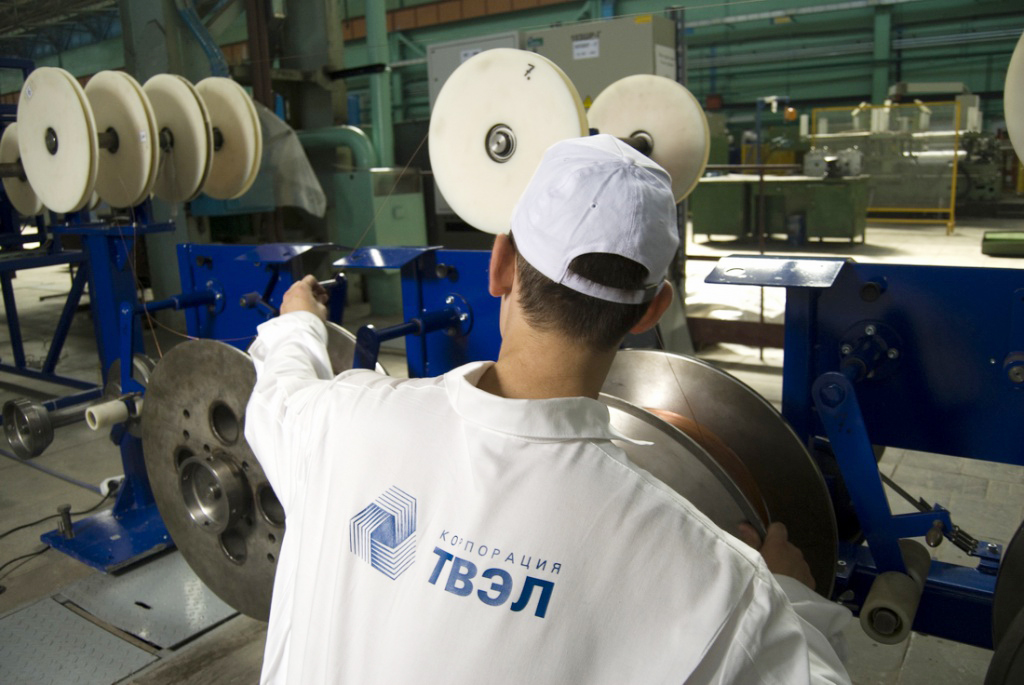
Conductors for the Future
back to contentsThe Chepetsk Mechanical Plant (CMP) is set to manufacture niobium-tin superconducting strands (bundles of superconducting fibers 2-6 micron thick) to be used in the world’s largest particle accelerator, the Future Circular Collider (FCC). The superconductors are manufactured and supplied under an R&D contract between TVEL and the European Organization for Nuclear Research (CERN). By the end of 2018, CMP will develop four prototypes to undergo qualification tests afterwards.
“Working with CERN is not new to us – we supplied superconductors for the modernization of the Large Hadron Collider. The new contract also provides for the shipment of superconductors, but we first need to meet certain requirements. These superconductors are manufactured at the Chepetsk Mechanical Plant. The production technology was developed by the Russian Research Institute of Inorganic Materials,” says Andrei Andrianov, TVEL vice president for the development of general purpose industry business. Apart from niobium-tin strands for the electromagnet system, a key component of the FCC, TVEL is ready to manufacture niobium-titanium wires for its magnet system.
In 2014 CERN announced plans to construct the Future Circular Collider with a tremendous circumference of 100 km. The FCC should replace the current Large Hadron Collider by the end of the 2030s. Its technical parameters will bring fundamental research in particle physics to a new level and take the scientific community one step closer to revealing the state of the Universe at the early stages of its existence.
The high speed of particle collisions in the collider sets stringent requirements for the quality of niobium-tin wire. Besides, it will be needed in large amounts – no less than 6,000 tons. “Today we are working on a niobium-tin wire grade which will be ideal physically and will be globally unparalleled. This is a serious challenge for the Chepetsk Mechanical Plant. If qualification tests are successful, the plant will be able to produce around 100 tonnes of superconducting strands annually,” said Andrey Eseneev, superconductor project manager at CMP.
Producing a large amount of strands for the FCC requires multilateral cooperation. The technology is under development in Europe, USA, South Korea, Japan and China. It is important for Russia to be among the leaders. “We want a share in the order,” says Maxim Alekseev, Head of the Bochvar Institute laboratory working on the superconductor manufacturing technology from intermetallic and oxide compounds. “Superconductors for the FCC are made on the verge of possibility for these materials. They also have prospects of being used in fusion reactors and high-resolution emission spectroscopes. This is why it is extremely important for us not to be late and join an elite club of superconductor suppliers for research megaprojects.”




